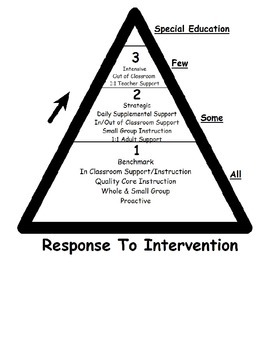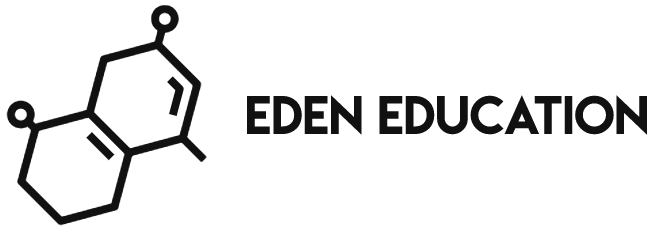
What Is RTI in Education?
One of the most controversial topics in education right now is the concept of ‘RTI’, or ‘Research-based instruction.’ What exactly is RTI? It’s a framework used to help teachers tailor lessons to meet the specific needs of individual students. This model consists of three distinct tiers: research-based instruction, ongoing student assessment, and differentiated instruction. Here are some common misconceptions about RTI and its implications.
Three tiers
RTI provides a framework for evaluating instructional methods and the quality of teaching. It helps inform Professional Learning Communities about areas where instruction needs improvement. With regular evaluations of student progress, teachers can pinpoint students who need additional support. At each tier, research-based instructional strategies play a critical role in student learning. Here are some important benefits of RTI in education. They can improve student performance and school district finances.
The first tier is known as “universal instruction” and involves teaching all students in the same classroom. The teaching approach should be evidence-based and ideally, 80 percent or more of a student’s students should make steady academic progress. Students in Tier 1 still participate in regular lessons and receive Tier 1 support from their teacher. However, if the student is still experiencing challenges, the teacher may shift them to Tier 2.
Research-based instruction
A teacher who implements research-based instruction is more like a coach than a professor. A research-based teaching style engages students in the process of gathering information, analyzing and evaluating the information, and drawing conclusions based on evidence. It also fosters higher-order thinking and problem-solving skills, as well as communication skills. It has many advantages over traditional teaching methods. It is a proven method for enhancing learning.
One major benefit of using research-based approaches to education is the inclusion of scientific materials and methods that have been rigorously reviewed. It is essential to collect data on student progress so that school staff can evaluate the effectiveness of an effective program. When the results are clear, school administrators can use data to tweak their practices and make necessary adjustments. And when it doesn’t work, they can simply change the teaching approach. This is a win-win situation for everyone.
Ongoing student assessment
Ongoing student assessment in education aims to give teachers a comprehensive understanding of the skills and learning styles of their students. Through the feedback they receive, teachers can choose the best teaching strategies and maximize student achievement. The information gained from these assessments is used to direct the development of future curriculum and instruction. Moreover, ongoing assessments can also be used by students to reflect on their own learning preferences and determine their learning preferences. This article will explore the benefits and limitations of ongoing student assessment in education.
Ongoing student assessment in education must focus on several aspects of student well-being, such as social-emotional needs, student engagement, learning environments, and overall academic performance. As long as the annual assessment requirement is not waived, the state must adapt to the changing reality and design a plan to reduce its use. Ongoing student assessment in education requires that the data are actionable and timely. However, in a world where schools have limited resources and can’t afford to hire teachers and other staff, a comprehensive assessment system is required.



